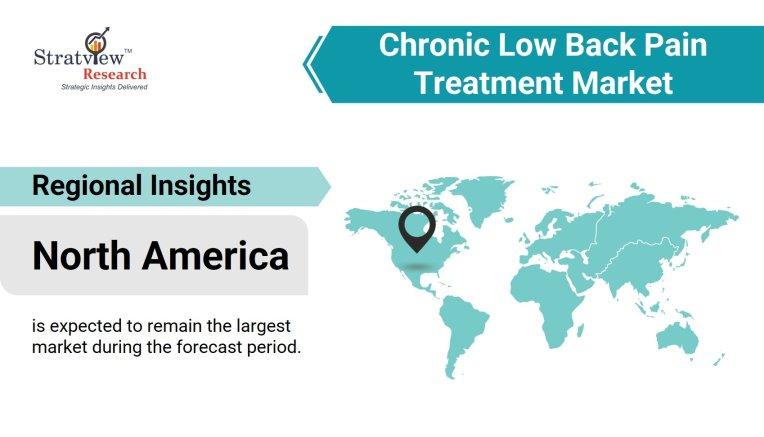Chronic low back pain is a relentless adversary that has plagued countless lives. But in the dynamic landscape of healthcare, there's a beacon of hope: Chronic Low Back Pain Treatment Trends.
The Global Chronic Low Back Pain Treatment Market is projected to grow from USD 7.35 billion in 2020 to USD 9.78 billion by 2026 at a CAGR of over 4.9% during the forecast period.
In this blog post, we'll dive into the latest developments in chronic low back pain treatment, offering a glimpse into the journey back to wellness.
The Burden of Back Pain
Chronic low back pain can be a heavy burden to bear. It affects not only physical well-being but also mental and emotional health, limiting what individuals can do and how they experience life.
Innovative Approaches
Enter Chronic Low Back Pain Treatment Trends, a field that's continuously evolving. From non-invasive therapies like physical rehabilitation and yoga to advanced surgical procedures and cutting-edge medications, the treatment landscape is a tapestry of innovation.
Patient-Centric Care
One of the most promising trends is the shift toward patient-centric care. It recognizes that each patient's experience of chronic low back pain is unique, and treatment plans should reflect this individuality. This trend embraces personalized treatment strategies that address the root causes of pain.
Request Free Sample: https://www.stratviewresearch.com/Request-Sample/1550/chronic-low-back-pain-treatment-market.html#form
Key Players
Key players operating in the global chronic low back pain treatment market are-
Johnson & Johnson Services Inc. (The U.S.), Pfizer Inc. (The U.S.), Sanofi (France), Endo Pharmaceuticals Inc. (Ireland), Merck & Co., Inc. (The U.S.), Vertebral Technologies, Inc. (The U.S.), Medtronic (Ireland), Boston Scientific Corporation (The U.S.), Braeburn Pharmaceuticals (The U.S.), and Camurus (Sweden).
Regional Analysis
By region, the North American market accounted for the largest market share in 2020 and is projected to grow at a steady CAGR during the forecast period.
- This is mainly attributed to the growing awareness among the people regarding chronic lower back pain, high per capita income, rising prevalence of chronic lower back pain, and increasing emphasis on the prevention of chronic lower back pain, thus augmenting the regional market growth.
- Also, the highest diagnosed prevalence of chronic low back pain is in the U.S. with over 20 million cases in 2017.
Conclusion: A Journey Back to Wellness
Chronic Low Back Pain Treatment Trends offer a path back to wellness—a chance to reclaim life without the burden of constant pain. As we explore these evolving trends, we can look forward to a future where chronic low back pain is no longer an insurmountable obstacle but a challenge that can be overcome. It's a journey toward wellness, where hope shines brighter than ever.
